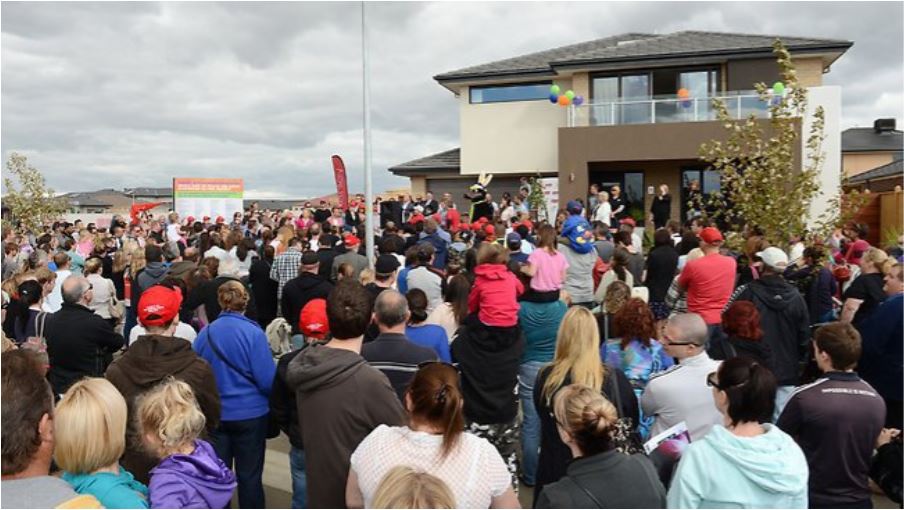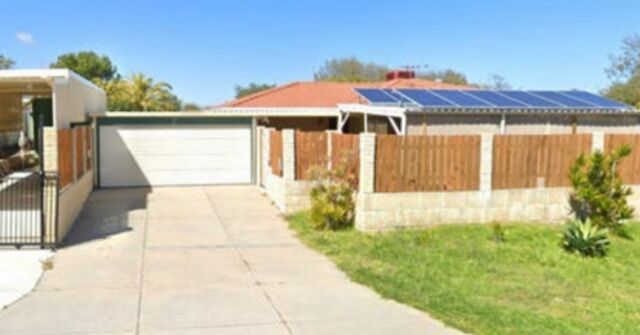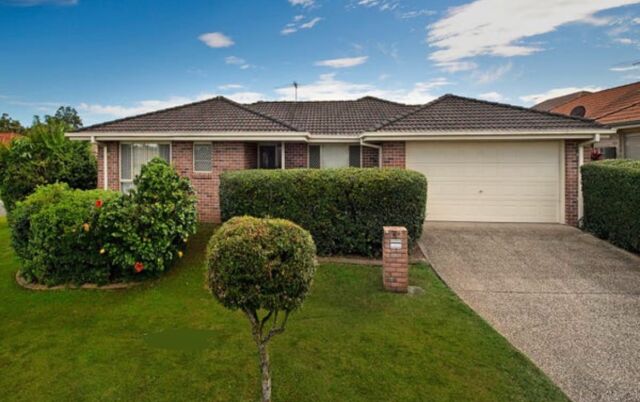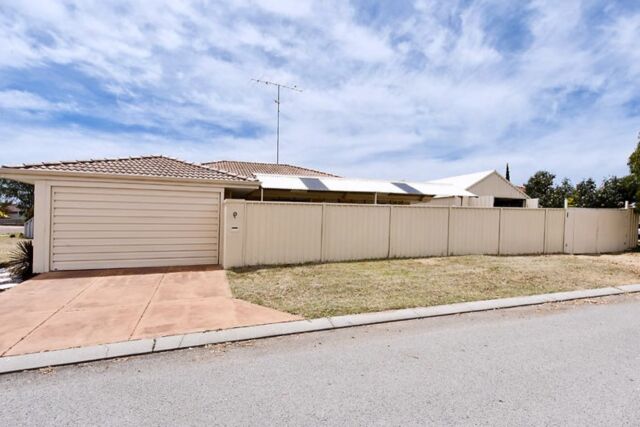New interstate migration figures show people are moving but also staying put which, admittedly, does sound like an oxymoron.
Drill deeper though and it’s clear, nearly a year on from the pandemic hitting our shores, that where people are choosing to live is changing in a big way.
The Australian Bureau of Statistics provisional regional internal migration estimates for the September 2020 quarter found that about 76,000 people moved interstate over that three-month period.
However, that figure wasn’t as high as it was the year before – which might surprise some people.
Indeed, the number of interstate movers in that quarter was the lowest since the September 2014 quarter.
That said, some locations saw a drastic increase in the number of people leaving, or arriving, with Queensland gaining the most people from net interstate migration (up 7,200) and New South Wales losing the most (down 4,100).
It was predominantly Sydney and Melbourne that experienced the greatest loss of residents over the quarter, with many people relocating to regional areas within the same state or elsewhere around the nation.
Indeed, in the September quarter there was a net loss of 11,200 people from Australia’s greater capital cities through internal migration, which was a larger net loss than in the previous quarter (-11,000) and the September 2019 quarter (-5,600).
According to the ABS, the net loss was the result of 41,800 arrivals (down from 46,800 in the September 2019 quarter) from, and 53,000 departures (up from 52,400 in September 2019) to, non-capital city areas.
The data also showed that fewer people are leaving smaller capital cities such as Brisbane, Adelaide, or Perth for the “big smoke” of the southern capitals.
This phenomenon has likely only just begun, with more and more people able to work from home wholly or partially in the future, which is opening up the opportunities of where people can, and will, live.
The reduction in people leaving some locations, coupled with the increase in arrivals, is part of the reason for the significant constraints on property supply under way in many locations at present.
For example, in Brisbane, the volume of available listings is down an astonishing 28 per cent compared to the previous year, according to CoreLogic.
We are working with more and more clients who have missed out on purchasing a property in their chosen investment location one too many times.
So, they are engaging us to help them achieve their goals sooner rather than later by using our strong network of sales agents around the nation, worried that may miss out altogether.
The strong demand for property from buyers is expected to ramp up throughout this year, partly due to the historically low interest rates that will continue to be on offer for a number of years to come.
Plus, when you couple that with the low volume of available listings, location selection becomes even more imperative – especially in areas that are shedding residents rapidly.
None of us know what the future holds with any real certainty, but it’s clear that smaller capital cities together with larger regional locations are set to welcome the lion’s share of new residents – and enjoy the possibility of superior capital growth along the way, too.
























